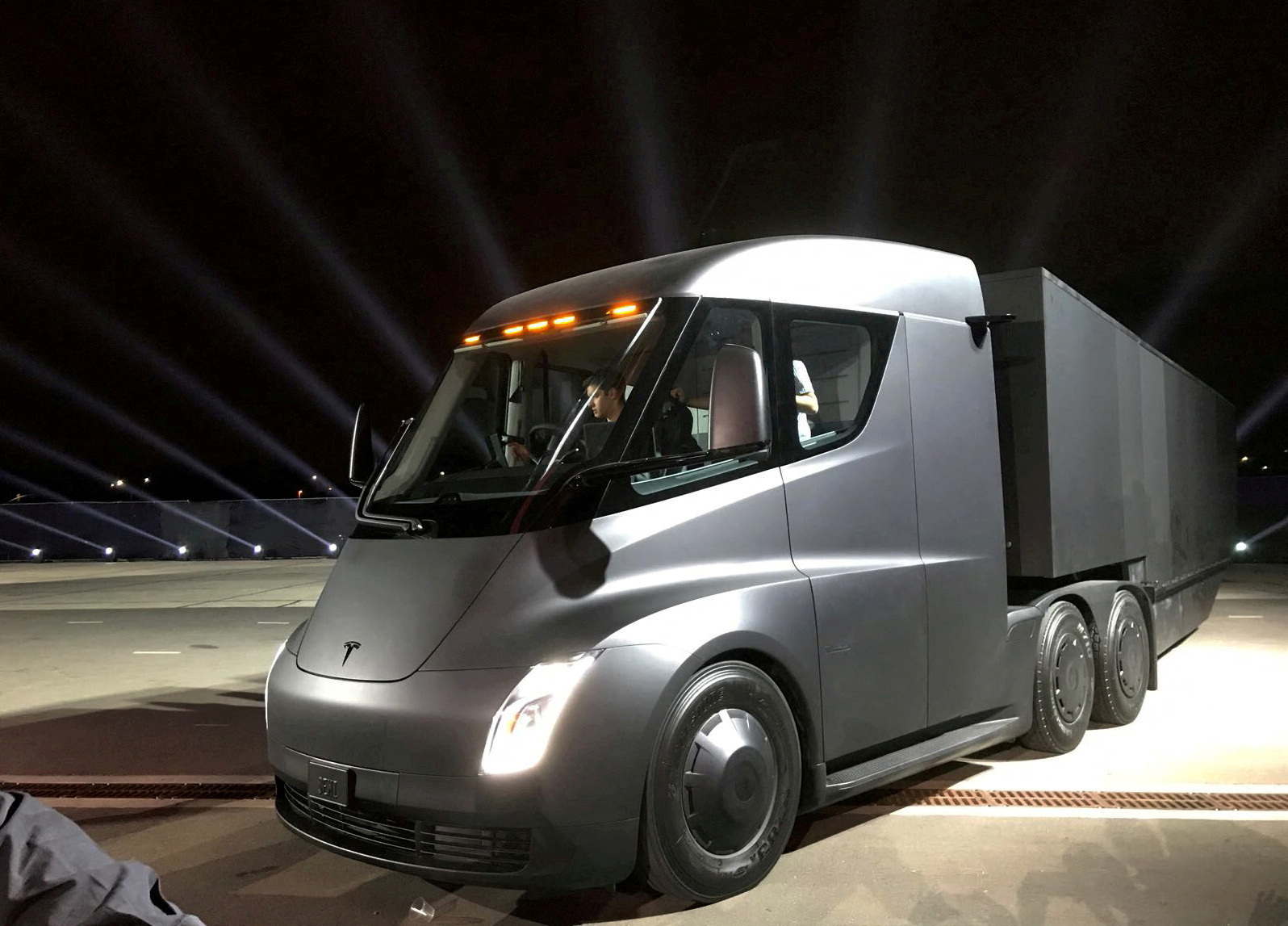Last year, Tesla started testing the Tesla Semi units with PepsiCo’s parent company, Frito-Lay. The delivery of Semi units started in December 2022. These Tesla Semi units for far are being used for handling distributions from the company’s facilities in Modesto, California. The company also stated that these trucks will be used for its beverages plant in Sacramento. Now, as the Semi trucks continue to be in use commercially, PepsiCo’s Semi Megacharging is also going to expand. It is known that eight new Tesla Semi Megachargers will be added to the facility.

Semi units, along with Tesla Megachargers, have been utilized by Frito-Lay since last Summer as the companies worked together to perform early testing. Some of the earliest images were revealed over media news, as Megachargers are being set up and tested last summer. It is known that four total charging piles were available for drivers. Tesla has been developing the Semi-specific Megacharger for several years, and patents for the technology were first submitted by the company in 2019. The Megacharger utilizes a cooling liquid to help control temperature and dissipate excessive heat.
PepsiCo. and Frito-Lay have expanded their sustainability initiatives to include nearly every facet of production and logistics, all the way to the time the product makes it to the consumer. Frito-Lay outlined its massive sustainability transformation initiative in January, and it goes far past Tesla. The company utilizes everything from BYD yard tractors to Peterbilt 220EV box trucks to energy storage techniques.
Tesla Semi deliveries
PepsiCo. told us it planned to take delivery of 15 Tesla Semis in 2023. However, it has an order for many more. In 2017, it placed an order for 100 Semis, transporting everything from Doritos to Moutain Dew between manufacturing facilities and distribution centers.
Three weeks ago, the Tesla Semi electric trucks were also seen using mobile service. Since the deliveries to Pepsi, sightings of the electric truck on public roads have significantly increased, and one of them was even spotted being towed by another truck, leading to concerns about reliability. It shouldn’t be a major concern for now. It is still early in the production program and some breakdowns are to be expected. Reliability is indeed extremely important for commercial trucks since they are losing money when not in the use, and therefore, it’s important to track the progress on that front. But we would need more data over a longer period of time before actually having concerns about reliability.











